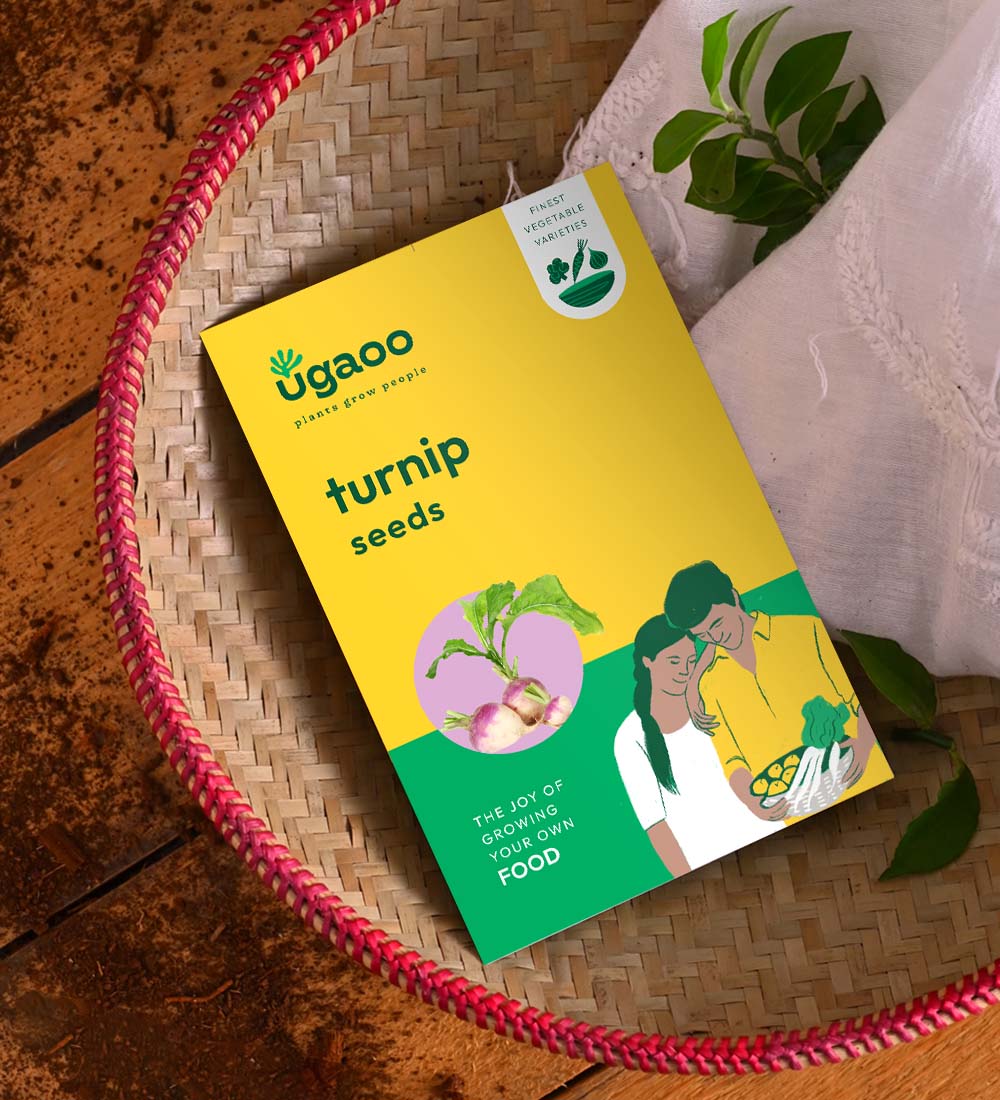
Light Guide

Why choose Ugaoo?

Hand grown by 200+ trained women farmers
Our plants carry the freshness, strength and soul of truly mindful cultivation and cared for through every sage.

Farm-fresh, hand-raised, and naturally nourished
our plants arrive ready to thrive longer, grow stronger, and bring lasting green joy to your home.

Nurtured with slow nutrition and advanced pest control.
What reaches you isn’t just a plant, but a promise of growth.
Product Specifications
| Name | Turnip Seeds |
|---|---|
| Category | SEEDS |
| Country of Origin | INDIA |
| Marketed by | Ugaoo Agritech Pvt Ltd, Plot No. 90, Floriculture Park, Ambi, MIDC, Talegaon Dabhade, Maharashtra 410507 |
| MRP | ₹145 (Incl. of all taxes) |
| Net Quantity | 1 |
| Manufactured by | Ugaoo Agritech Pvt Ltd, Plot No. 90, Floriculture Park, Ambi, MIDC, Talegaon Dabhade, Maharashtra 410507 |
| Customer Support | Email : support@ugaoo.com Call: +91-9129912991 |














